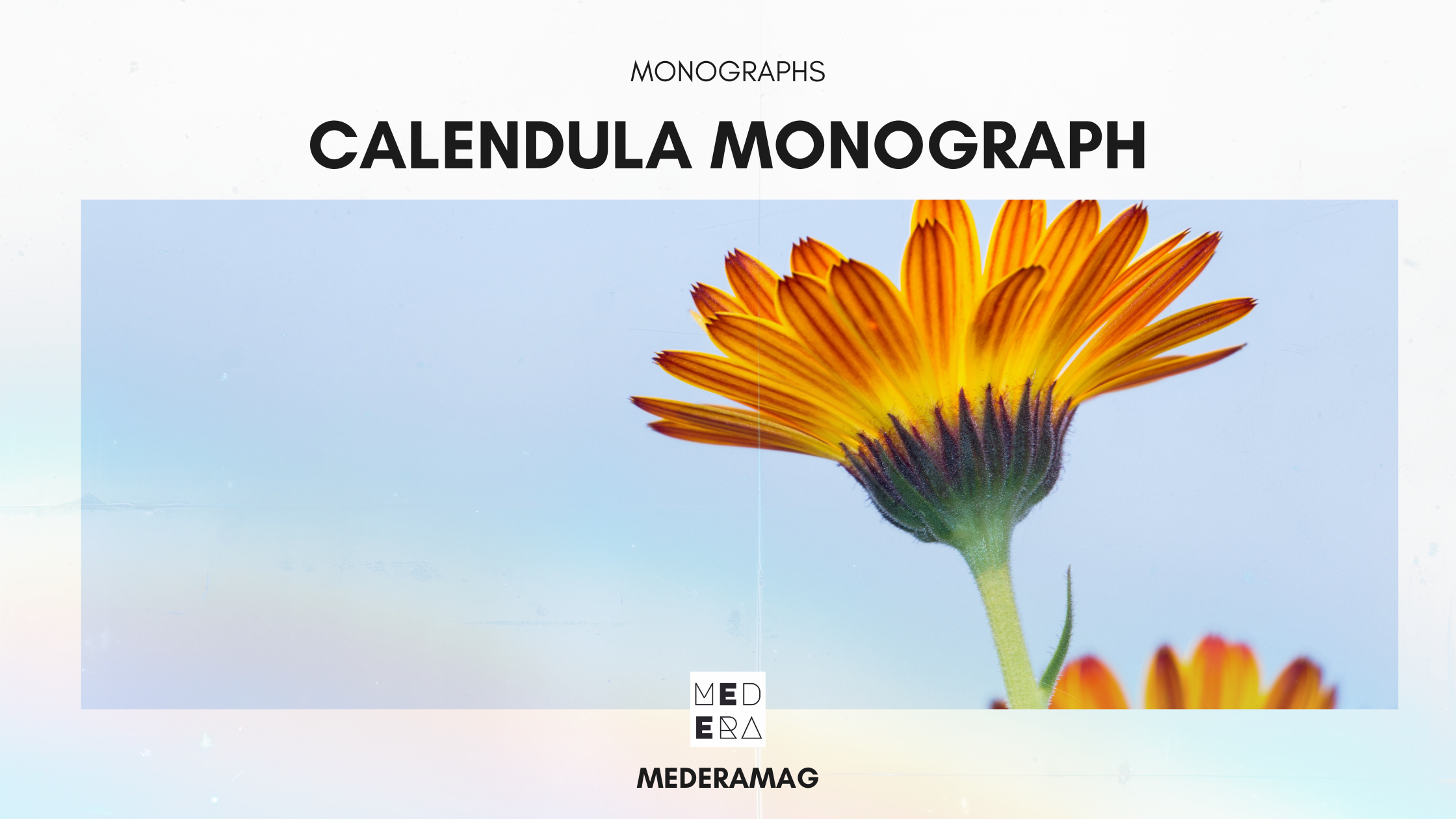
Calendula officinalis — The herb that makes rivers flow
Botanical name:Calendula officinalis.
Common name: Calendula, marigold.
Parts used: Flower and florets.
Native habitat: Southwestern Asia, Western Europe, and the Mediterranean.
Active constituents: Flavonoids, triterpenes, saponins, volatile oil, salicylic acid, mucilage and resin (calendulin).
Humoral affinity: Blood, especially blood that has been diluted with phlegm. It moves blood and unclogs slow, sluggish or blocked lymphatic fluid.
Calendula's historical uses.

Nicholas Culpeper said that Calendula was an herb of the heart; and the Middle Eastern philosophers concurred. Culpeper said Calendula was hot in the second degree, but that they also had a somewhat moist quality that loosens the belly. He said the fresh flower, chewed, would reduce toothache, inflammation, and improve wound healing in the mouth.
In Middle Eastern traditional medicine, such as the likes of Avicenna, Calendula was a blood vitaliser and cleanser, especially when the blood had become corrupted by phlegm. This typically manifests in women as heavy period pain with a bearing down quality and water retention leading up to the period. It was also used to encourage menses in amenorrhoea. Drinking the tea of calendula would reduce purulent conditions caused by corrupted blood.
It was applied topically by esoterics for its wound healing abilities.
Calendula's modern uses.
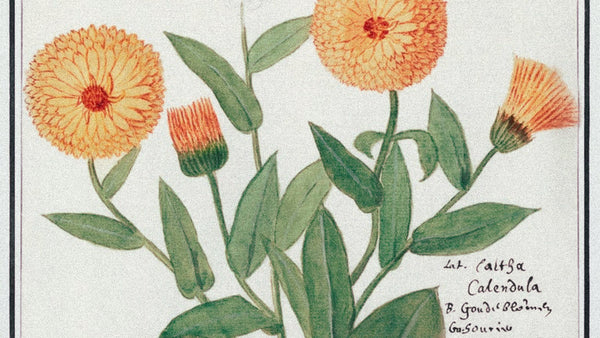
Carrying on from its historical uses, calendula is prized for its skin healing abilities, whether it's used internally or externally. Aside from its many skin qualities, such as being antibacterial and vulnerary, it also contains salicylic acid, which makes it analgesic for skin injuries like burns, wounds, and insect bites.
Interestingly, synthetic forms of salicylic acid are used in skin formulas for acne and blackheads, and it's this natural compound in Calendula that makes it such a potent herb for chronic and ongoing skin problems. In one literature review, researchers found that calendula was effective at reducing skin toxicity symptoms that occur as a result of radiation (burning, itching, flaking, ulceration, necrosis). For nappy rash, calendula works thanks to its antimicrobial and anti-inflammatory properties.
Calendula's vulnerary properties don't end at topical application, either. Taken internally, calendula can relieve irritation to gastric mucosa because of gastric reflux for example, and is approved by the German E Commission for use on inflammation of the oral and pharyngeal mucosa.
Calendula is an important lymphagogue for the modern herbalist. It encourages the movement, unblockage, and cleansing of the lymphatic fluid and the lymphatic vessels. This makes its internal use appropriate for skin disorders caused by an accumulation of toxins or a suppressed immune system.
Against fungi, calendula is the clear herb of choice. In one study, researchers found calendula effective against Candida albicans, Aspergillus niger, Rhizopus japonicum, Candida tropicallisand Rhodotorula glutinis. For the person who suffers repeated yeast infections, whether oral or genital, can benefit greatly from topical and internal calendula. While its topical use prevents growth of fungi, internal use provides heat enough to dry up excess dampness in the body.
There is a sentiment here with calendula, that it literally makes rivers flow. Whether it's the blood that has become corrupted, the lymphatic tissue has become slow, or whether the menses aren't coming — calendula makes it flow. As an emmenagogue, calendula is used to bring on an absent period. It is also used to manage cramping, tension, and water retention before and during menses.
Calendula's bitter taste hints at its benefits for the digestive tract, specifically for the liver and gallbladder as a cholagogue. By stimulating the liver and gallbladder, calendula supports enzymatic secretions and therefore better nutrient assimilation. It's the perfect herb for a phlegmatic digestive tract that has become so sluggish, nutrients are barely digested.
Finally, calendula is an immune stimulant as well as a diaphoretic (it promotes sweating). Herbalist, Anne McIntyre suggests that in chickenpox, calendula expels the virus through the skin, causing sweating and reducing the severity and time of the illness. As an antimicrobial, it can be used internally to resist pathogens, and its hot tea moves the energy outward in a cleansing fashion to detoxify.
Safety.
Calendula is considered overall safe and with low toxicity.
Internal calendula should be avoided in pregnancy because it causes uterine contractions, and therefore may cause miscarriage.
From the dispensary.
If it goes on the skin, you can pretty much guarantee that I put calendula in it. I put calendula oil infusions in my Honey Dream Body Cream and the Baby Butt Balm as well as the Gentle Baby Massage Oil. It's an especially great herb for children's skin as it's as gentle as it is powerful.
Combinations.
For those interested in blending their own therapeutics, here are my suggestions for calendula combinations:
For the respiratory tract.
Calendula officinalis + Sambuccus nigra for fevers and viruses.
Calendula officinalis + Thymus vulgaris for inflammatory problems in the upper respiratory tract.
For the female reproductive system.
Calendula officinalis + Rubus idaeus + Zingiber officinalis for PMS, cramping, and dysmennorheoa.
Calendula officinalis + Actaea racemosa for amenorrhoea.
For the skin.
For topical treatment, Calendula officinalis can be combined with Stellaria media, Galium aparine, Symphytum officinalis, and Matricaria recutita.
For internal treatment of skin disorders, Calendula officinalis can be combined with other lymphatics and alteratives such as Olea europea, Arctium lappa, Phytolacca americanum, and Trifolium partense. Consider mixing things appropriate to the person's constituion. For example, if the skin swellings are hot to touch and full of liquid pus, use cooling and astringent herbs internally. If the swellings are cold and hard, like blackheads, offer stimulating, warming therapies like cinnamon.




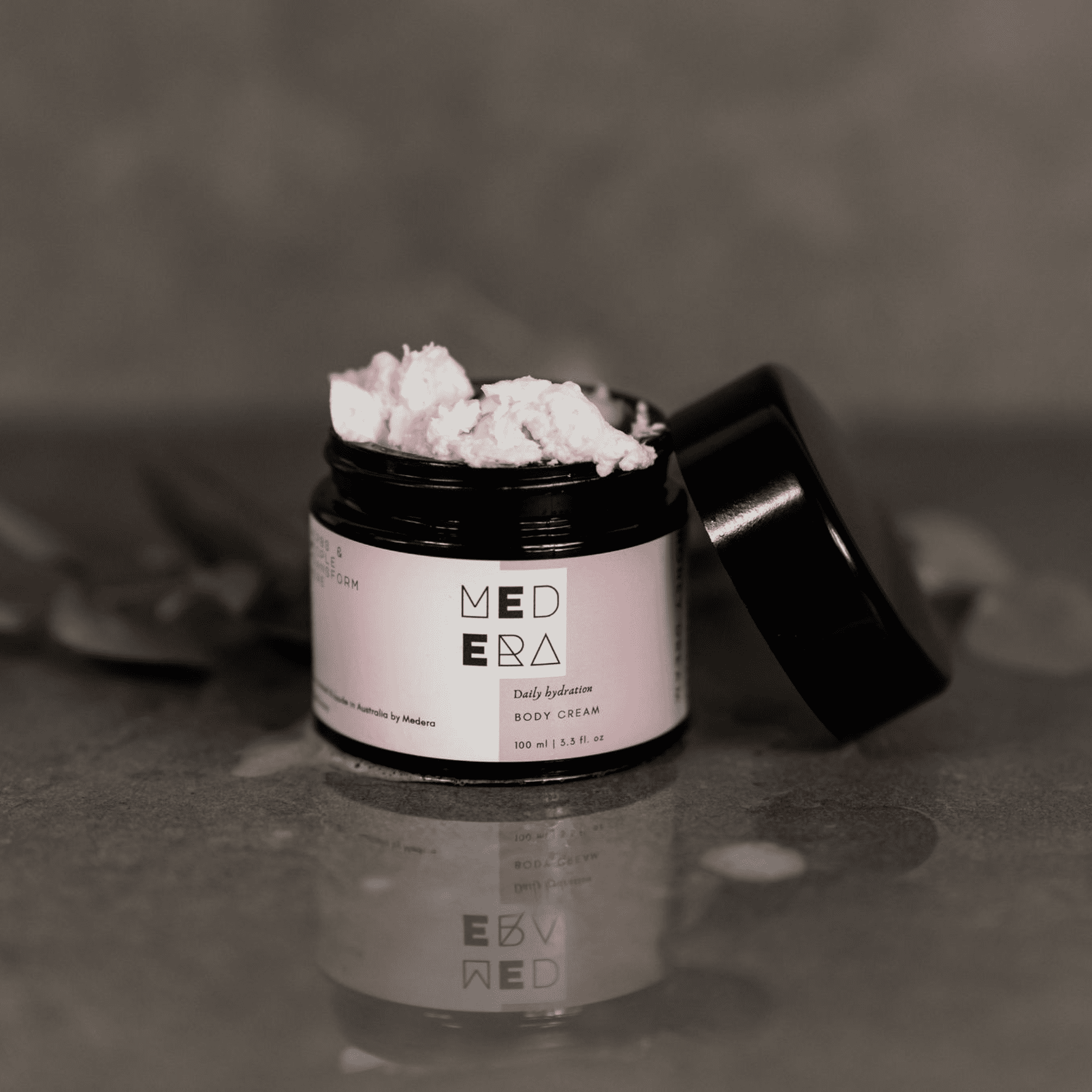
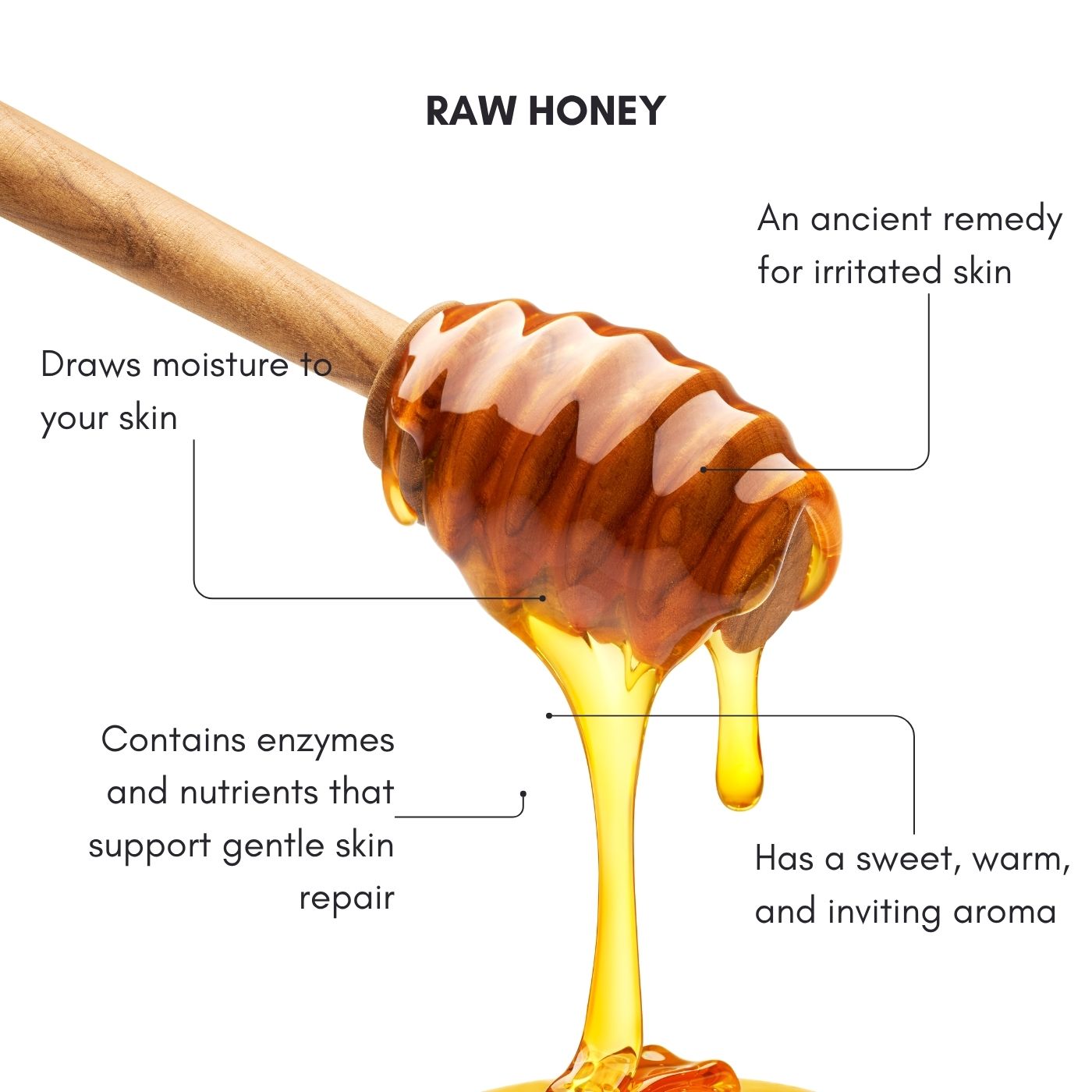
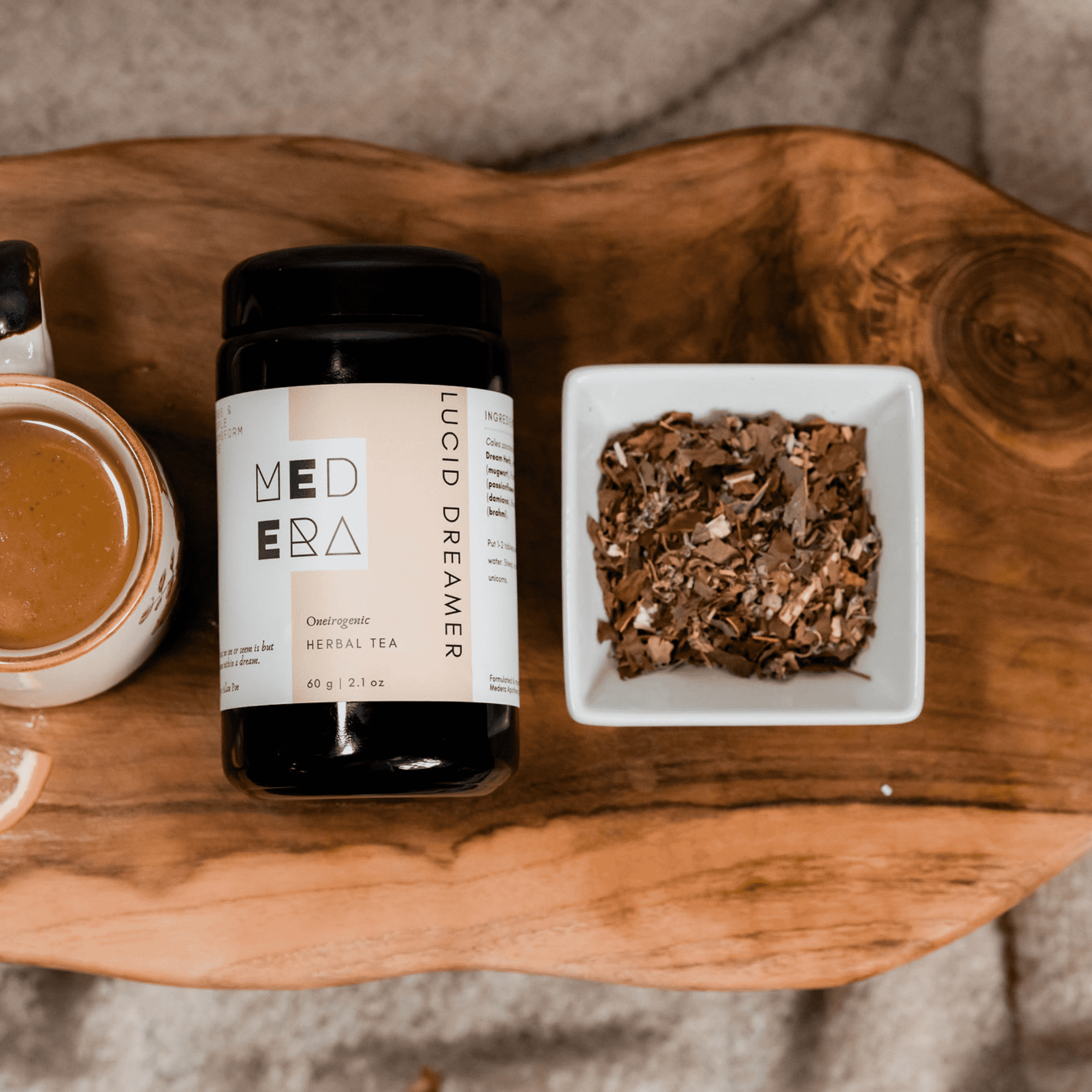
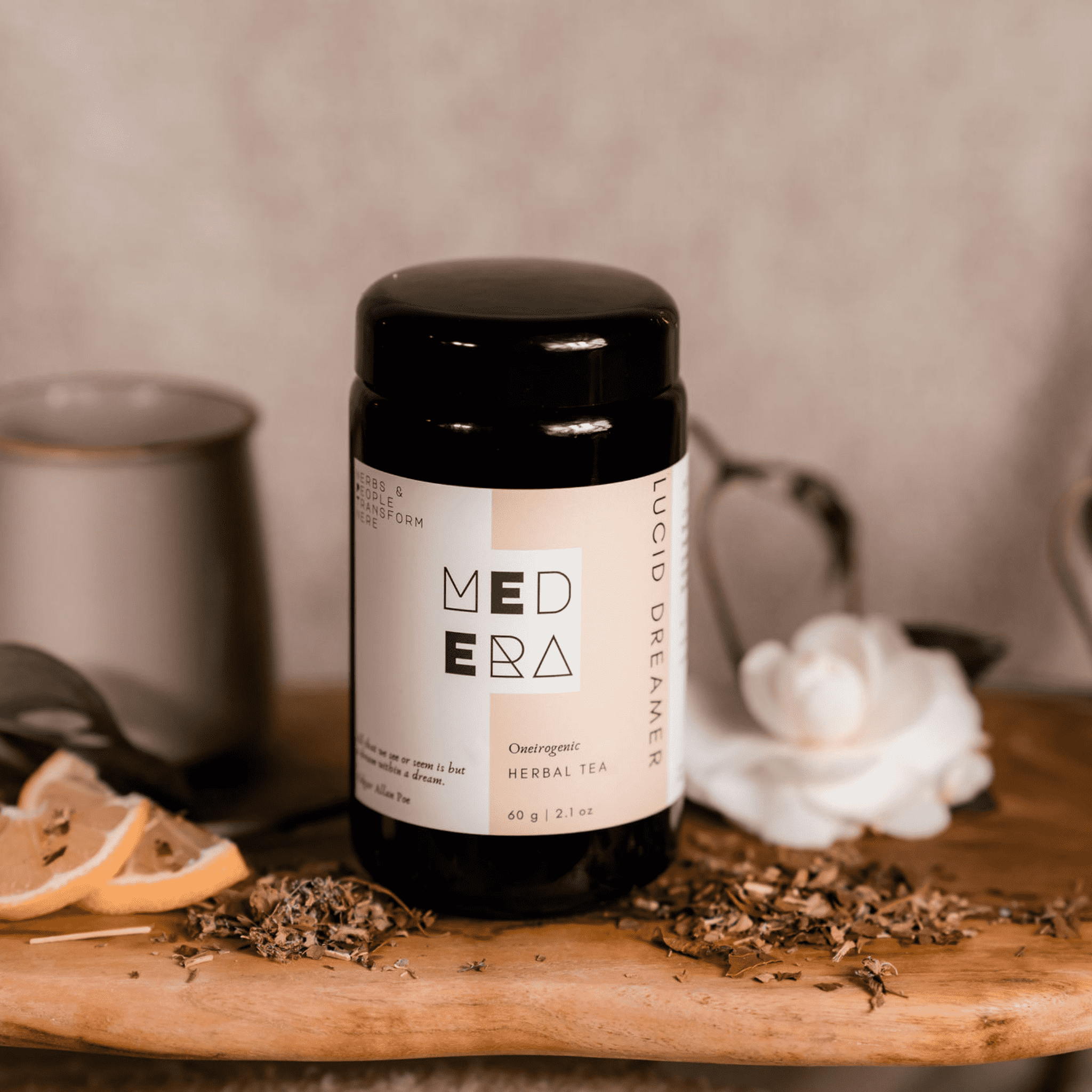
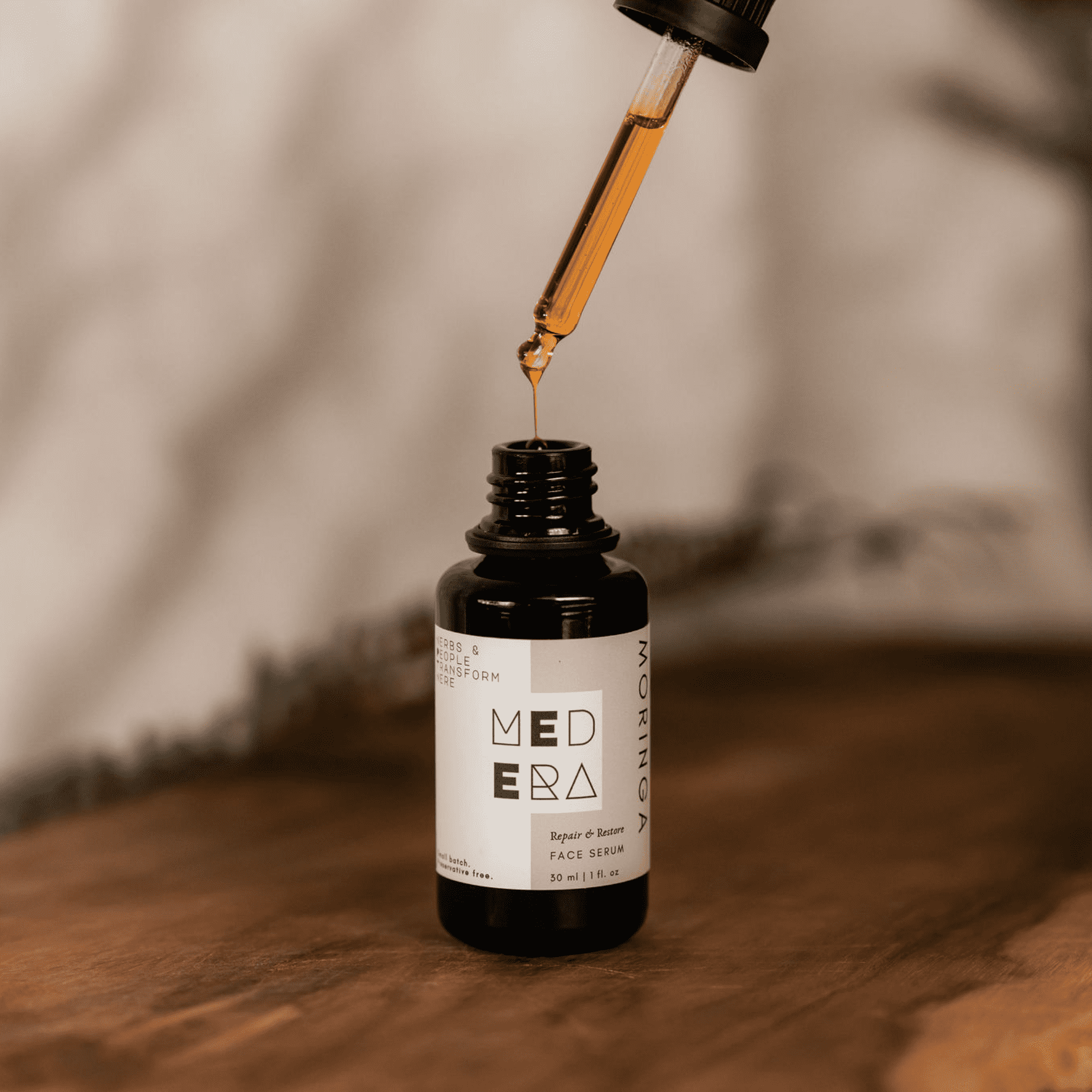


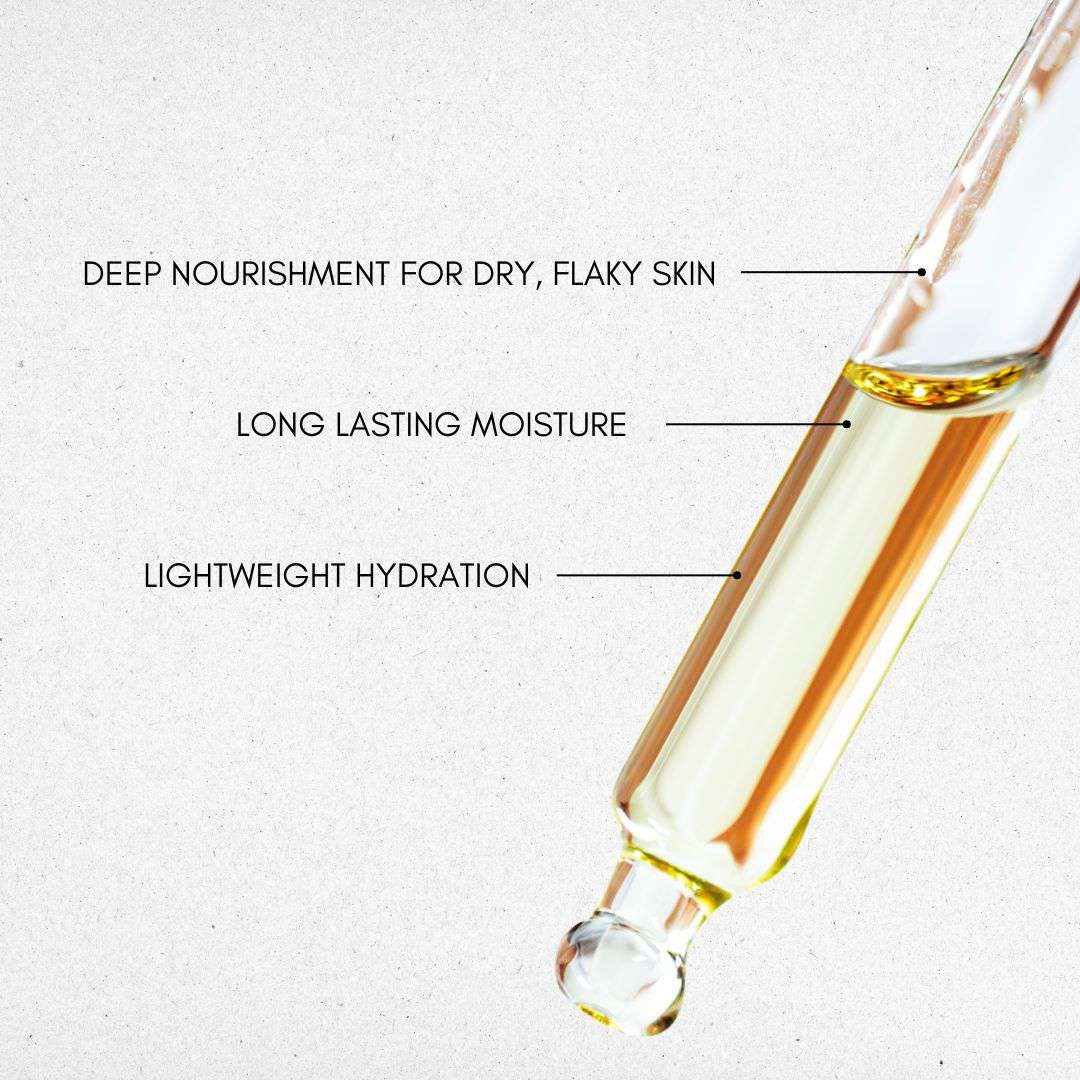

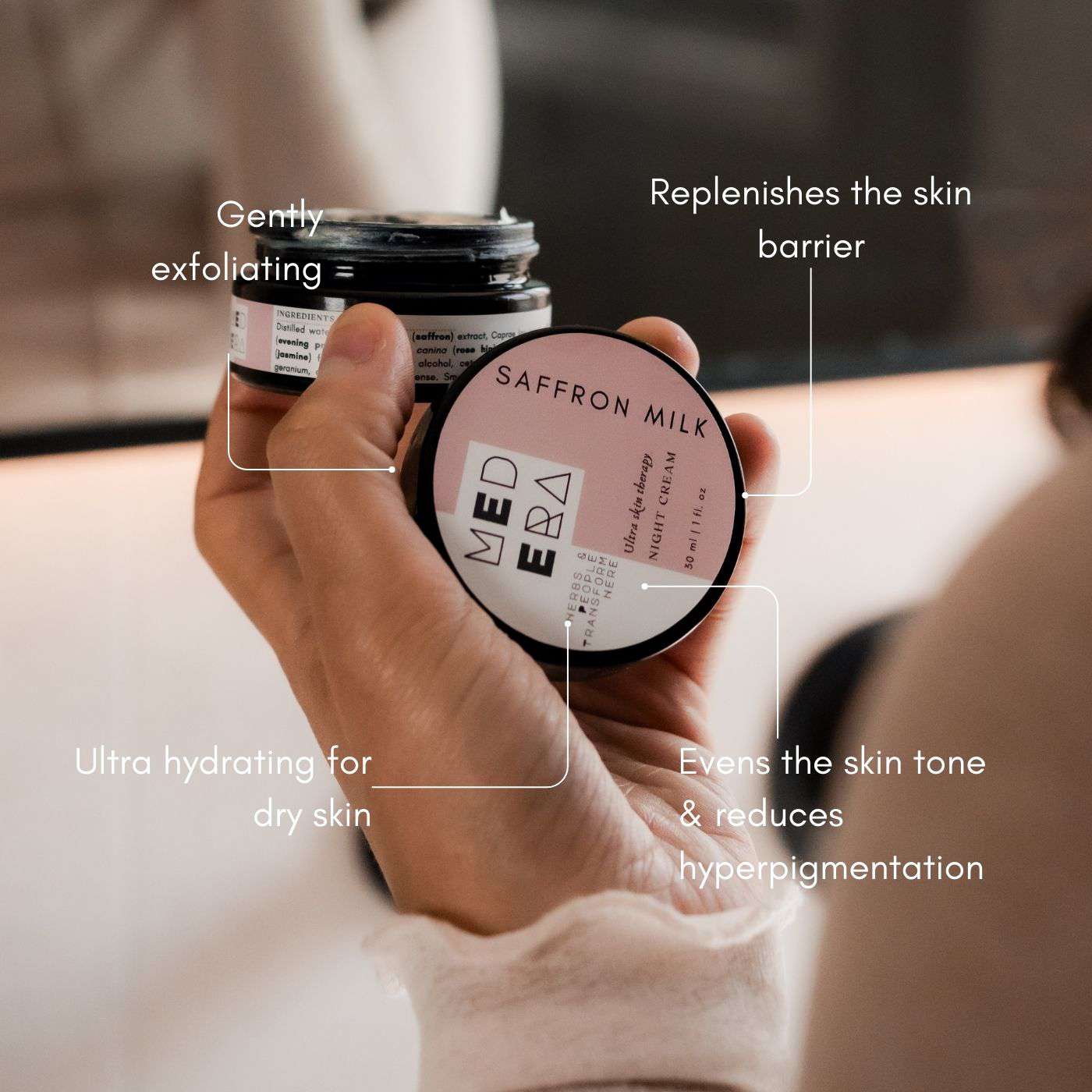
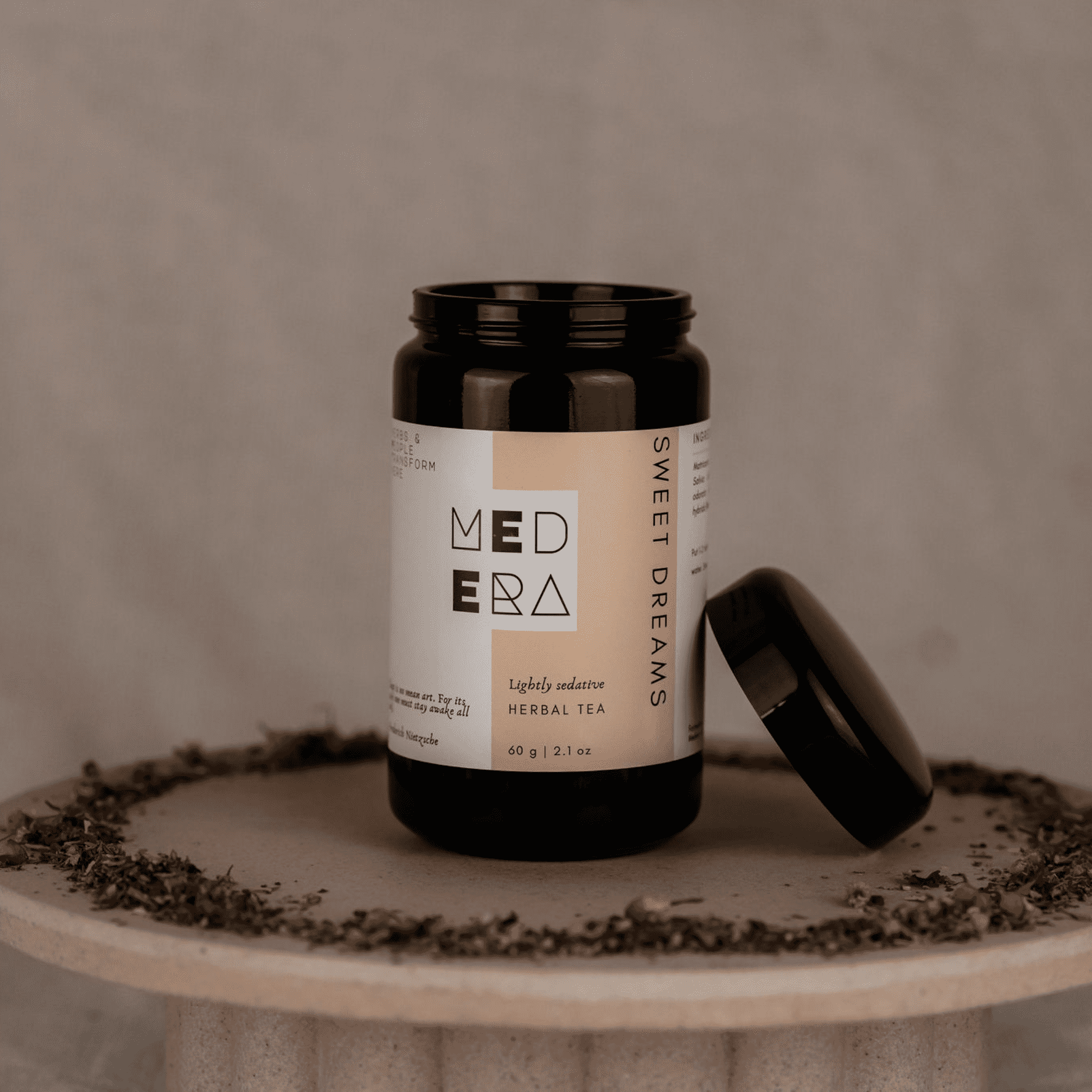
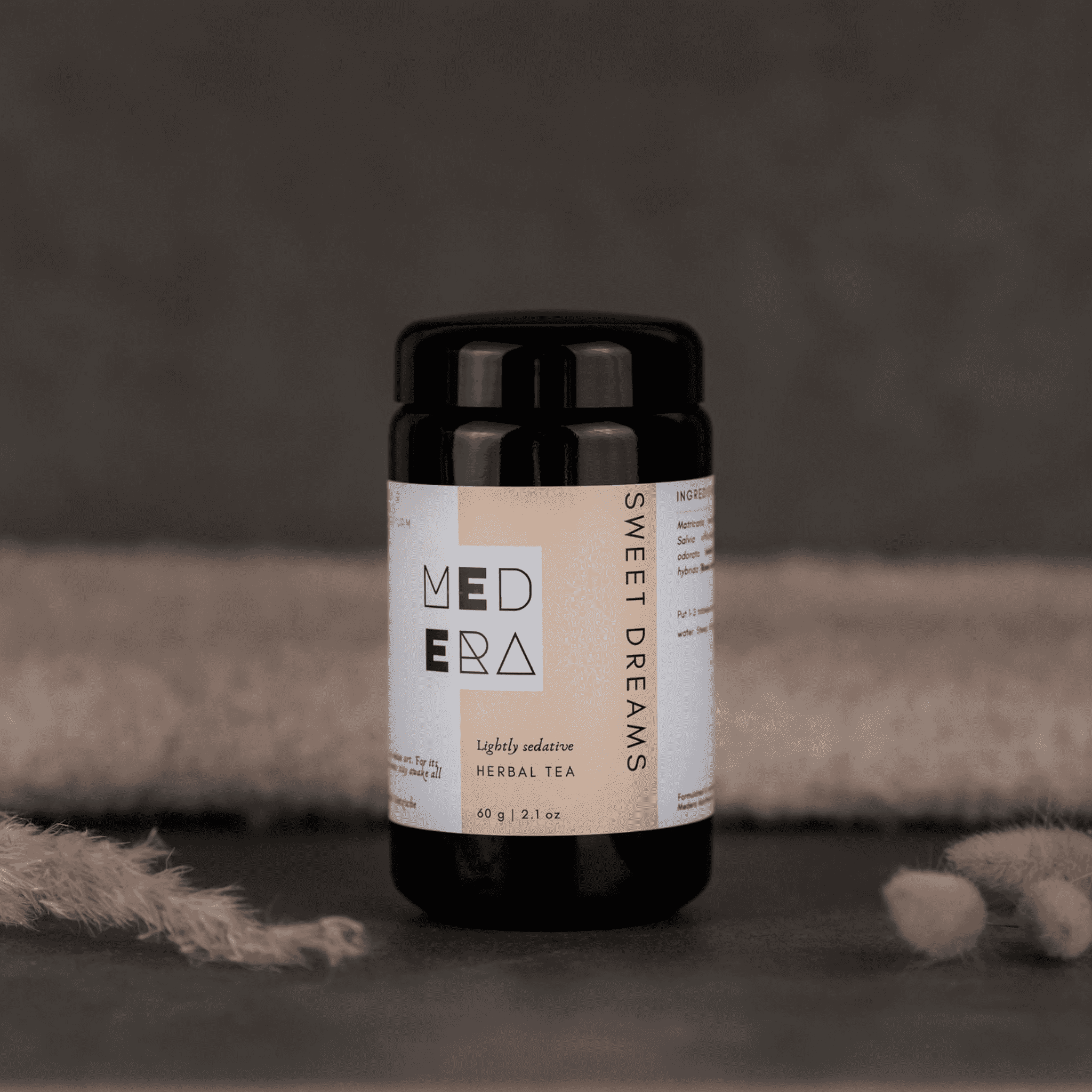
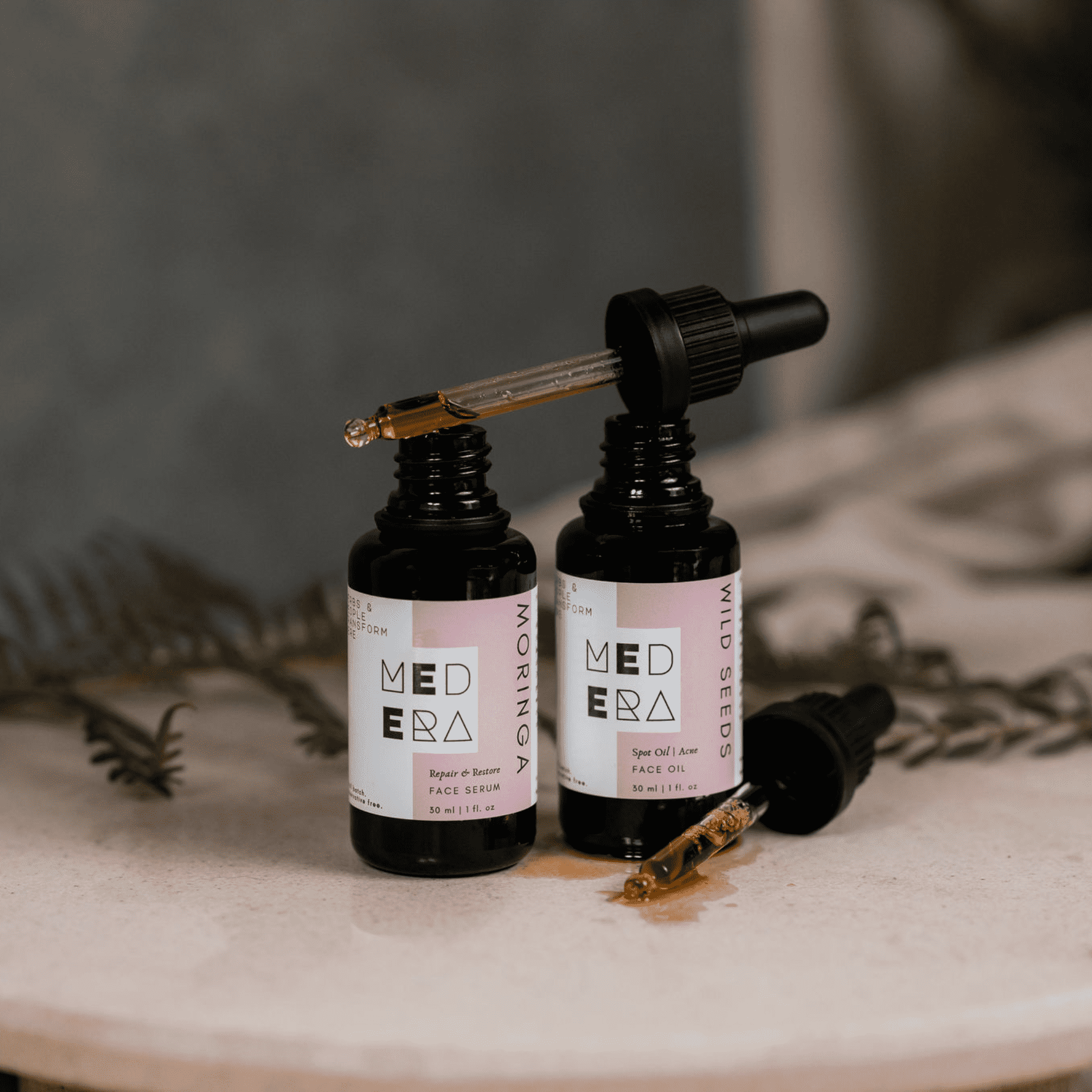

1 comment
It is remarkable, very good information
LowellKak
Leave a comment
This site is protected by hCaptcha and the hCaptcha Privacy Policy and Terms of Service apply.